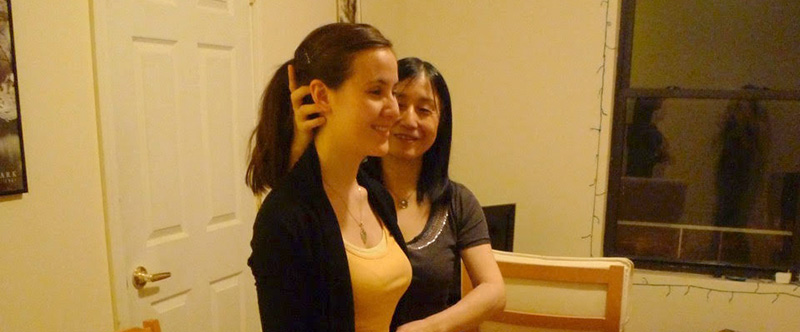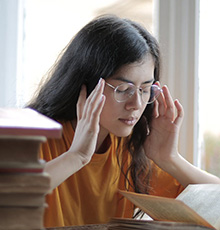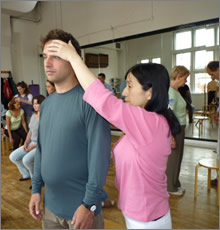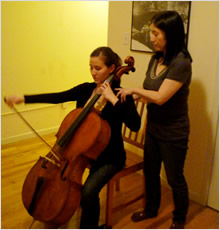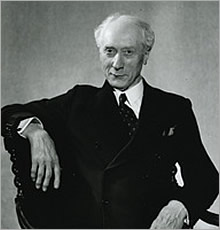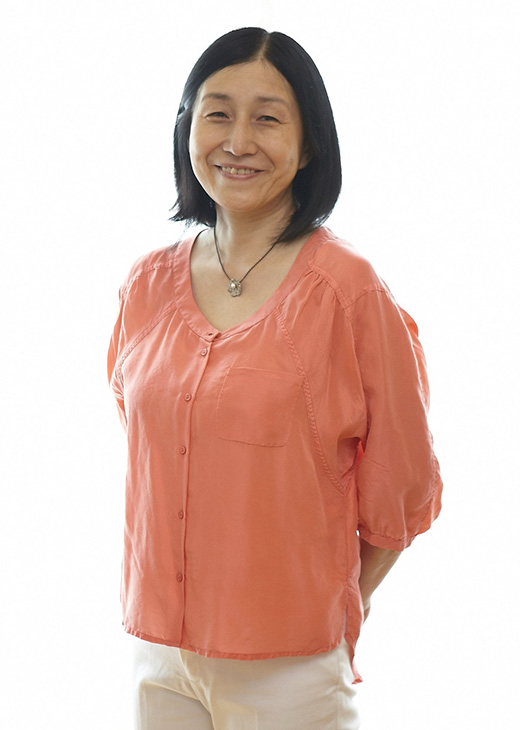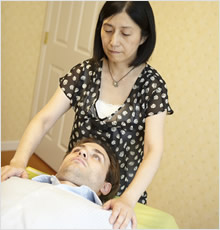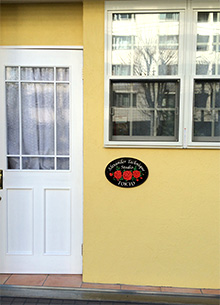Profile-Fumie Hosoi
Fumie Hosoi (Society of Teachers of the Alexander Technique) is currently the sole Head of Training certified by STAT in Asia. She studied Alexander Technique at the North London Teacher Training Course under Misha Magidov, and after her training, she stayed in London to teach private students as well as working as a visiting teacher at the training school. Her pupils included many music students from the Royal Academy of Music and the Purcell School of Music. She has worked with master teachers and trainers such as Marjory Barlow, Shoshana Kaminitz, Giora Pinkas as well as Yehuda Kuperman.
At the end of 2004 she returned to Japan and started the Alexander Technique Studio in Tokyo (ATST). Since then she has given many sessions for musicians and actors, classes at universities as well as one-on-one private lessons. In 2013 she was given permission by STAT to open a training course in Tokyo, and it is currently the only STAT certified school in Asia. She has worked through lectures and workshops with organizations such as Suntory Hall Academy, Tokyo Metropolitan Theatre and the National University of the Arts. Since 2016 summer, she started a week-long workshop series titled “Alexander Technique and the Performing Arts” which includes a series of various performing arts workshops, linking them to exploring the understanding and practice of Alexander Technique. Through these workshops she has collaborated and invited master teachers such as Ilan Rachel (AT and movement teacher, Royal Academy of Dram�a), Yusuke Kanai (National Treasure, Noh) and Masami Iizuka (conductor, Ensemble Sonare).
